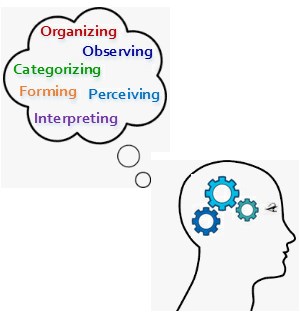Interactive teaching is a teaching approach that takes into account the interaction between teachers and students to guide students to apply various steps.[1]“Basic Python for Beginner” is our topic, and I believe beginners would be interested in how long they need to handle this language. So this youtube video introduces the actual experience of him learning python. And the difficulties he had in learning progress.
And I would like to introduce how does our student interact with this video and what kind of information they can receive from this video. First of all, he introduced python in a simple way and compared python with other languages. After that, he introduced what kind of job opportunities python brought him, which is what our students are most concerned about. This information will be a good motivation for our students to learn python。 Afterwards he did have to talk about how long it took him to fully master the python language and describe the difficulties he encountered along the way.
Students will be able to gain and interact with other people’s experiences from this video. Combining the advice of others with your own actual experience would be a great way to interact. So I suggest that students have to actually operate python and have accumulated a certain experience of actually writing code before watching this video. Although this video can stimulate students’ interest in python, only those who actually write python programs can understand the intention of the video author. Not only understand the four basic structures of python, students should also know about the complete grammar of python. I believe this video can help students understand python well and understand our “Basic Python for Beginner” is our topic.
Reference:
1.https://files.eric.ed.gov/fulltext/EJ1077780.pdf
2.https://www.youtube.com/watch?v=1GqMpz77XlU



Recent Comments